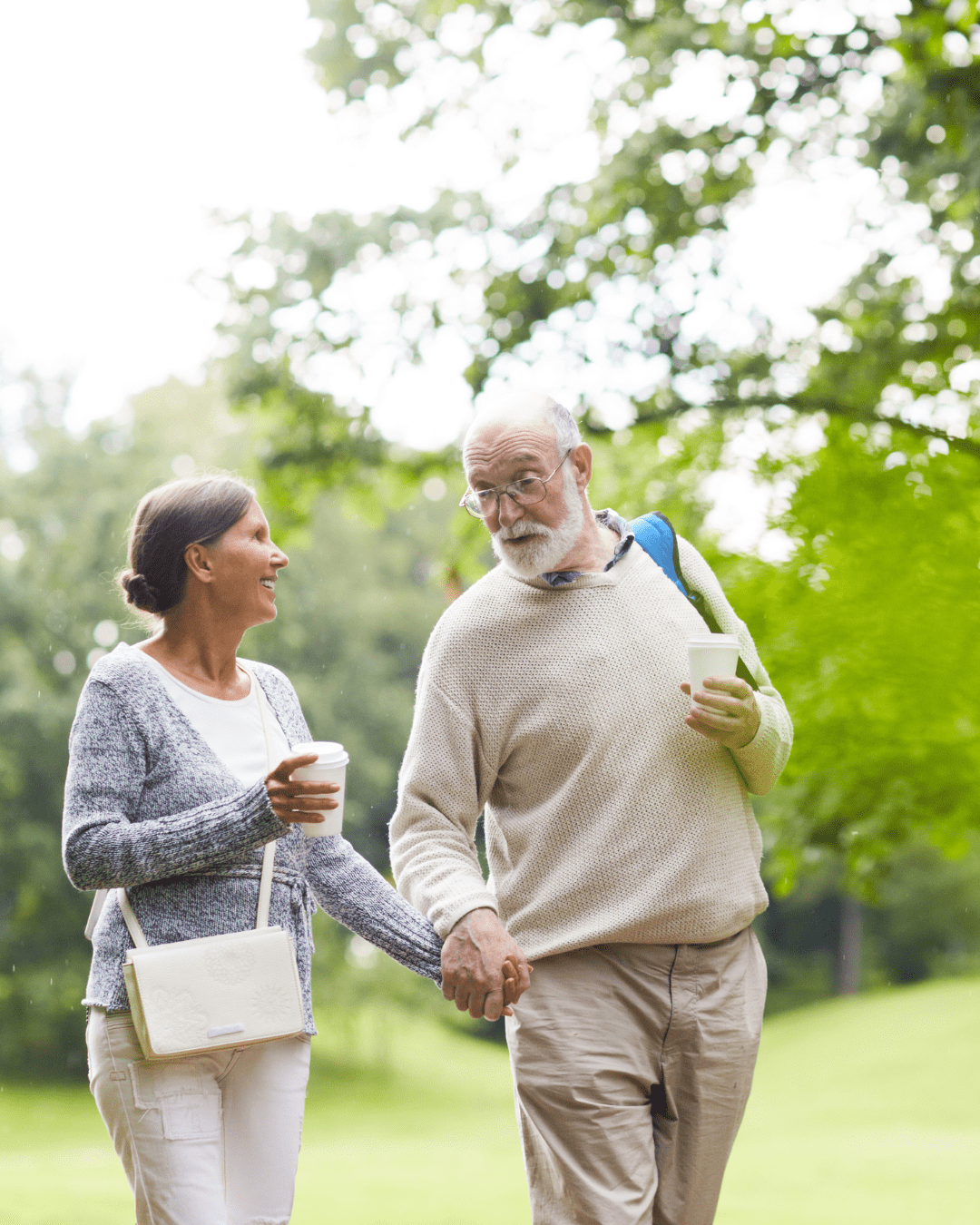
Wildfires. Heatwaves. Floods. Each headline feels heavier than the last. For many people, the constant stream of climate news doesn’t just inspire concern—it sparks a deep, gnawing worry about the future.
This growing emotional response is often called climate anxiety.
Unlike everyday stress, climate anxiety is rooted in something very real: the uncertainty of what lies ahead for our planet. It’s not irrational to feel grief or fear about rising temperatures and extreme weather. But when that fear becomes overwhelming, it can leave you paralyzed, hopeless, or consumed by dread.
You’re not alone if you’ve felt this. Let’s explore how to calm climate anxiety, how unhealthy habits worsen it, and how general anxiety tools like the 3-3-3 rule can help you cope in uncertain times.
How do you calm climate anxiety?
The first thing to know is that you don’t need to eliminate climate anxiety completely. It’s a natural human response to something that feels threatening. The goal isn’t to erase the feeling, but to find ways to keep it from running your life.
Some strategies to calm climate anxiety include:
- Limit news intake. Staying informed is important, but doomscrolling every headline can amplify fear. Choose a few trusted sources and check them at set times instead of all day.
- Ground yourself in the present. Practices like mindfulness, breathing exercises, or time in nature can reconnect you with what’s real right now, instead of spiraling into “what if” scenarios.
- Take meaningful action. Anxiety thrives in helplessness. Even small steps—reducing waste, joining a local environmental group, or writing to policymakers—can restore a sense of agency.
- Build community. Sharing fears and hopes with others who care can help you feel less alone and more supported in facing uncertainty.
Calming climate anxiety isn’t about denial. It’s about balancing awareness with self-compassion, so you can stay present and engaged without burning out.
What is the #1 worst habit for anxiety?
When it comes to climate anxiety, one habit tends to make things significantly worse: constant doomscrolling.
Doomscrolling—compulsively consuming negative news online—keeps your nervous system stuck in fight-or-flight mode. Each alarming story feeds the belief that danger is immediate and insurmountable. Over time, this habit can intensify both anxiety and hopelessness.
Other habits that can worsen climate anxiety include:
- Catastrophizing (mentally jumping to the worst-case scenario).
- Isolation (keeping fears bottled up instead of sharing them).
- Avoidance (pretending the problem doesn’t exist, which can increase guilt).
Breaking these cycles takes intention. Instead of doomscrolling, set boundaries around news consumption. Instead of isolating, reach out to trusted people or support groups. Instead of avoidance, focus on one manageable action at a time.
The worst habit for anxiety in general—and for climate anxiety in particular—is letting fear dominate your daily attention. Reclaiming that attention is an act of care, both for yourself and for the planet.
What is the 3 3 3 rule for anxiety?
While not specific to climate concerns, the 3-3-3 rule can be a simple, grounding tool when climate anxiety spirals. It’s designed to interrupt anxious thoughts by reconnecting you to your senses.
Here’s how it works:
- Look around and name three things you see. A tree, a coffee mug, a picture frame.
- Listen and identify three sounds you hear. The hum of the fridge, traffic outside, your own breathing.
- Move three parts of your body. Wiggle your toes, roll your shoulders, stretch your hands.
This practice shifts focus away from racing thoughts about the planet’s future and back into the present moment. It doesn’t solve climate change—but it helps your mind and body step out of panic mode long enough to think clearly and calmly.
The beauty of the 3-3-3 rule is its simplicity. You can use it anywhere: when reading an overwhelming article, watching the news, or lying awake at night thinking about the state of the world.
Final thoughts: Holding both fear and hope
Climate anxiety is real, and it’s valid. Feeling uneasy in the face of global uncertainty is not a flaw—it’s a sign you care. But caring deeply doesn’t mean carrying unbearable fear alone.
By calming your mind with grounding tools, breaking unhelpful habits like doomscrolling, and taking small steps toward action, you can transform anxiety into purpose. And by connecting with others, you remind yourself that this journey isn’t yours to shoulder in isolation.
The world is uncertain, yes—but it’s also still beautiful, and still worth fighting for. Holding both fear and hope is what allows us to care for our mental health while continuing to care for the planet.
Feel Heard, Feel Safe, Feel Better - Contact Us

In-Person Sessions
2100 Manchester Rd. Suite 501-1
Wheaton, IL. 60187
Virtual Sessions
Throughout Illinois
